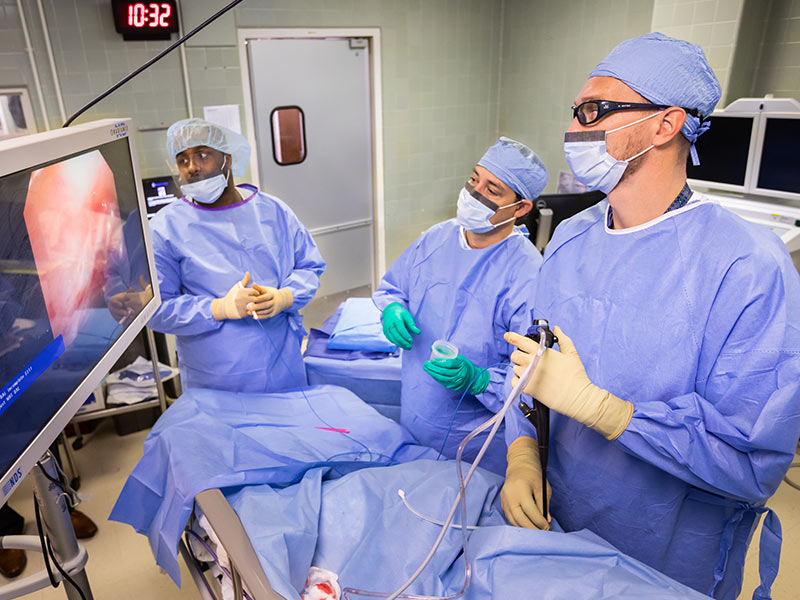Have A Tips About How To Get Rid Of Water In Lungs

Pleural effusion, sometimes called water on the lung, is a buildup of fluid between the lungs and the chest cavity.
How to get rid of water in lungs. What is pulmonary edema? The water vapor droplets you breathe in add moisture to your nasal passages and airways. Placing a cool mist humidifier in the bedroom can promote better sleep by keeping the nose.
It sounds cliché, but you likely hear this advice often because it works. Ice cream and sherbet are also considered fluids. Also, they need to diagnose and treat the condition that caused pleural effusion.
To remove the excess fluid and find out what's causing it, doctors use a procedure called thoracentesis. Warm liquids can help clear out mucus in the chest. Get an air purifier start cleansing your lungs by improving the quality of the air in your home.
The best way is to treat the cause of the effusion. When doing a thoracentesis, a doctor uses imaging guidance to put a needle through. It can result from pneumonia, heart failure, cancer, and other conditions.
Removal methods depend on the cause of fluid accumulation. Try to get 30 minutes of aerobic exercise per day to control your blood pressure and prevent fluid from pooling in your lungs. Your provider has to get rid of this fluid with medicine or a procedure.
Pleural effusion can happen more than once. When you take a breath, your lungs should fill with air. If you have pulmonary edema, they fill with.
It can be temporary and mild, like after an airplane flight, or a symptom of a serious issue like heart or kidney failure. How do you remove fluid from the lungs? Pulmonary edema is the abnormal buildup of “fluid in the lungs.” fluid buildup in your lungs can lead to shortness of breath, coughing up of foam and loose mucus, wheezing, chest tightness and difficulty breathing.
You can purchase an air purifier that can be placed in individual rooms. You can also take a hot shower or breathe in vapors from a pot of simmering water. These methods introduce moist air into your air passages, which helps loosen the mucus in your lungs.
Steam therapy, or steam inhalation, involves inhaling water vapor to open the airways and help loosen mucus. Extra water in your lungs complicates breathing and must be removed. They are critical for breathing in oxygen and expelling carbon dioxide.
Exercise regularly so your body fluids keep moving. Pneumonia risk factors prevention outlook takeaway pulmonary edema is a serious condition that occurs when the lungs fill with fluid. This fluid collects in the many air sacs in the lungs, making it difficult to breathe.







:max_bytes(150000):strip_icc()/five-techniques-to-clear-mucus-from-the-lungs-914841_color2-5b92d32f46e0fb0025beb49b.png)










